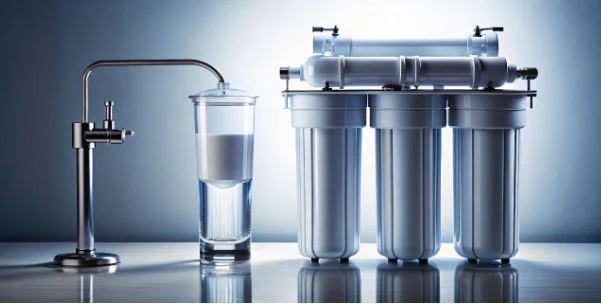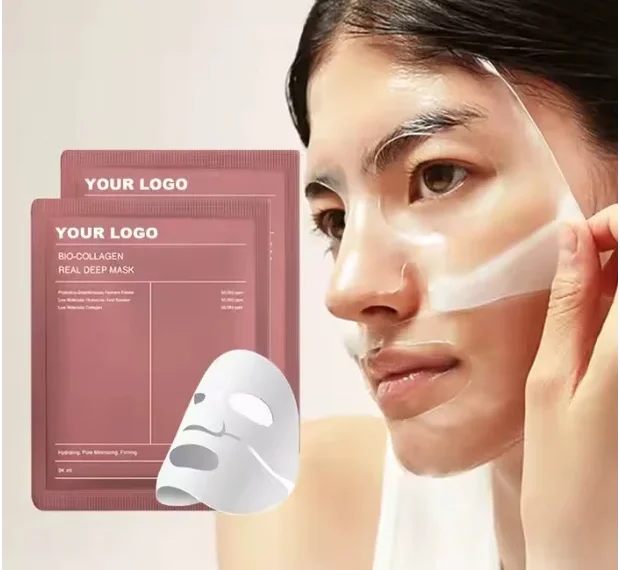Making the best water purification method decision is overwhelming, with so many choices out there these days. Various competing methods offer differing advantages and drawbacks, from simple carbon filters to complicated reverse osmosis units. You can select wisely by recognizing what each unit is to your water cleanliness requirements. Make the informed decision with expert tips to ensure pure, clean drinking water in your home.
How Reverse Osmosis Works
A Reverse Osmosis Water Filter pushes water through a special, semi-permeable membrane that filters out tiny impurities at the molecular level. This process effectively strains out unwanted substances such as lead, chlorine, fluoride, and certain types of bacteria. What’s left is exceptionally pure water, known for its refreshingly clean and crisp taste. Many people choose reverse osmosis when looking for the ultimate water filtration for their drinking and cooking needs.
While simple filters might focus on removing chlorine or sediment, reverse osmosis systems tackle a wider array of potentially harmful contaminants. This makes them particularly useful in places where tap water quality is uncertain, or people have worries about particular pollutants. But since they also remove beneficial minerals along with the bad stuff, some folks choose to add a remineralization step to improve the taste and health benefits of the water. All in all, reverse osmosis provides a level of deep purification that’s hard for most other methods to equal.
Comparing Reverse Osmosis to Carbon Filters
Carbon filters are a popular and budget-friendly choice for treating your water. They’re fantastic at eliminating chlorine and unpleasant smells and improving tap water’s taste. But they usually don’t remove heavy metals, nitrates, or bacteria, so they don’t provide complete protection. While they’re good for basic purification, they’re not as thorough as reverse osmosis systems.
Reverse osmosis systems are much more thorough, taking out up to 99% of all the bad stuff. They’re perfect for families who want to ensure their drinking water is safe. However, carbon filters are much easier to care for and cheaper, which is great for people who want something simple and cost-effective. Choosing between them depends on how pure you want your water to be.
UV Purification and Other Methods
Ultraviolet, or UV, purification is a technique that harnesses UV light to eliminate bacteria and viruses from water. It works wonders for dealing with microscopic bugs but won’t eradicate chemical nasties, heavy metals, or visible bits. Because of this, UV systems are usually used alongside other types of filters to provide a more complete water-cleaning solution. They’re especially handy where germs and other tiny living contaminants are a big problem.
Other water filter methods include ceramic filters, distillation, or ion exchange systems. Ceramic filters are awesome at getting rid of sediment and bacteria. Still, they’re not as great when it comes to chemical pollutants.
Distillation works by boiling and then condensing water, making it pure, but it can be slow and use much energy. Ion exchange is super for softening water, but it doesn’t eliminate every kind of contaminant. When you look at all these choices, reverse osmosis shines because it can handle a wide range of impurities.
Which Filtration System Is Best for You?
Picking the best water filter for your home comes down to what your family needs and what’s in your water. Carbon filters are budget-friendly and do a great job of making water taste better; a reverse osmosis system is the way to go if you’re after something more thorough. You can even add a UV light for extra safety. Although reverse osmosis might have a higher price tag initially, how it deeply cleans the water can give you confidence for years.









